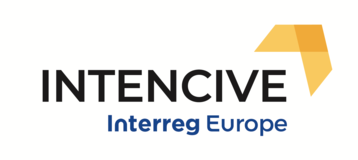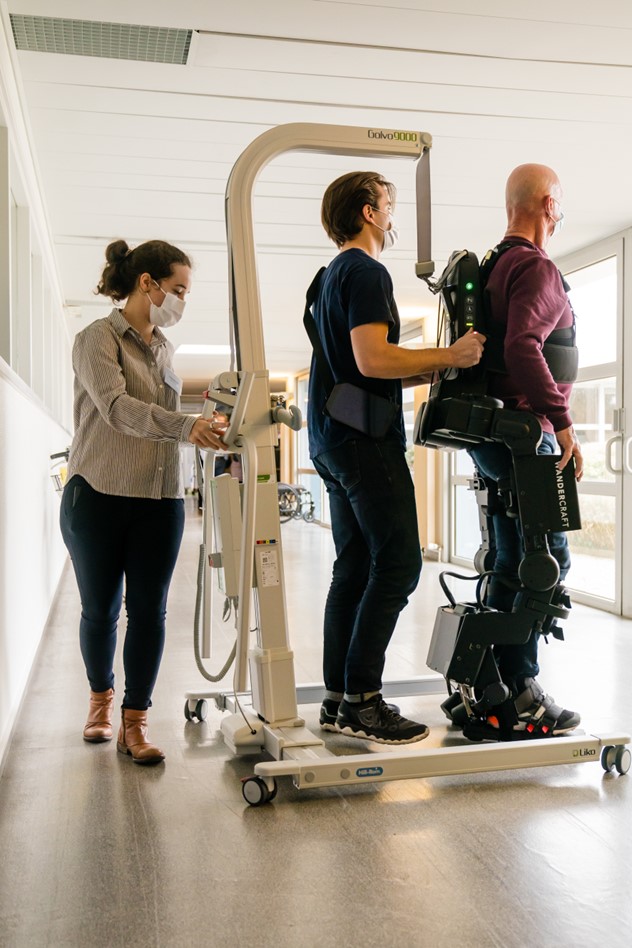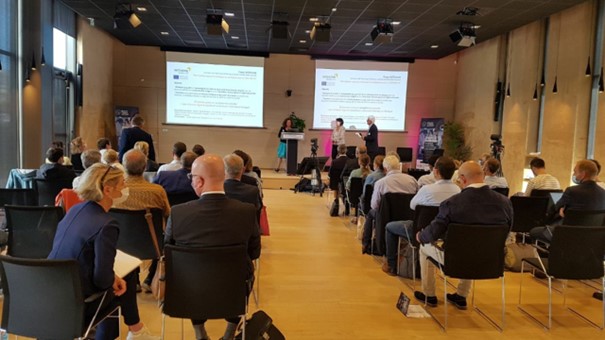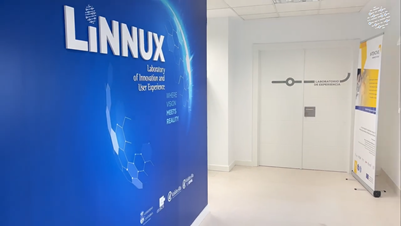INTENCIVE project has chosen Bikva model as a tool to evaluate good practices. Basis for the exchange of experience consist of state of the art evaluation, good practice evaluation against Bikva model, study visits and thematic workshops. Bikva model was originally developed by Danish Hanne Kathrine Krogstrup (1996/1997). INTENCIVE project will conduct a unique bottom-up and customer-oriented approach of assessing good practices by using the Bikva method developed for social services giving voice more directly to the citizens using services.
BIKVA model has been widely used and adopted, mostly in the Northern European countries and especially in public sector organizations and in educational programs. Bikva stands for “Brugerindragelse i kvalitetsvurdering” that is in English “service user involvement in quality development”. Baseline for the model is the citizens perspective of the quality and effectiveness of the services. The views of the participants are passed on to the different levels of the organization and finally to the political decision makers. Experiences of the citizens or end users are therefore driving forces for change. Bikva method consists of four stages; firstly, open group interviews for the end users about their experiences and quality estimation, secondly the feedback is presented to the employees, thirdly feedback from the end user and employee interviews are presented to the management, and finally, all three interviews are taken into the political level.
INTENCIVE project will subcontract an expert who will help the project partners to use it as a tool in evaluating the good practices with the citizens and end-users in the partner regions. The expert will also educate project partners on how to use the model as a tool when preparing the action plans with regard the end user perspective. The expert will also modify Bikva model to an extent that it is possible to implement and use in the scale of the project and with the resources available within the timeline taken into consideration that the baseline of the model, that is customer orientation and involvement of different user groups, is respected.













